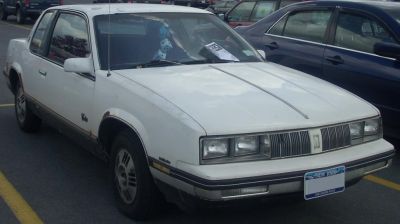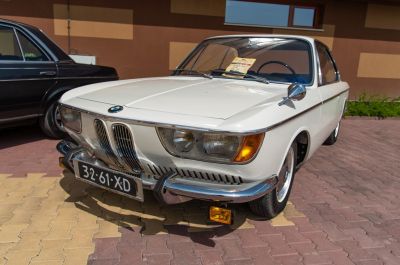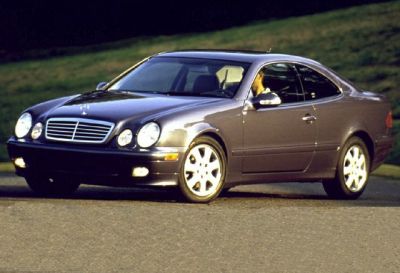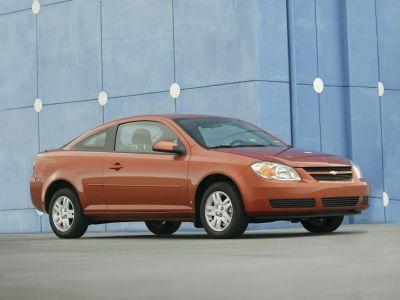 1963 Aston Martin DB5 Dimensions, Size & Specs
1963 Aston Martin DB5 Dimensions, Size & SpecsMeasurements of the 1963 Aston Martin DB5, engineered for optimal performance and comfort
| Dimensions | |
|---|---|
| Length: | 4572 mm180.0 in15.0 ft |
| Width: | 1680 mm66.1 in5.5 ft |
| Height: | 1346 mm53.0 in4.4 ft |
| Ground Clearance: | 160 mm6.3 in0.5 ft |
| Weight Specifications | |
| Curb Weight: | 1466 kg3232 lbs |
The Aston Martin DB5, produced between 1963 and 1965, remains one of the most iconic classic grand tourers in automotive history. This luxury British coupe is renowned for its striking design, elegant proportions, and exceptional craftsmanship that have made it a prized collector's car worldwide. Measuring 4572 millimeters (approximately 180 inches) in length, 1680 millimeters (about 66 inches) in width, and standing 1346 millimeters (53 inches) tall, the DB5 embodies the sleek yet balanced dimensions typical of grand touring cars from the early 1960s. It rides on a ground clearance of 160 millimeters (6.3 inches), offering a perfect blend of sporty stance and road presence. With a curb weight of 1466 kilograms (3231 pounds), the DB5 is relatively lightweight for its class, contributing to its agile handling and spirited performance. This vehicle’s coupe body style houses luxurious appointments and a powerful engine that combined elegance with strong driving capabilities. The DB5 is often celebrated not only for its engineering excellence but also for its timeless, sophisticated appearance, making it a symbol of classic automotive design and British luxury. Whether admired for its role in popular culture or its technical attributes, the Aston Martin DB5 continues to captivate car enthusiasts with its perfect combination of size, style, and performance.
Discover the standout features that make the 1963 Aston Martin DB5 a leader in its class
Have a question? Please check our knowledgebase first.
The 1963 Aston Martin DB5 measures 4572 mm (approximately 180 inches or 15 feet) in length, 1680 mm (about 66.1 inches or 5.5 feet) in width, and 1346 mm (around 53 inches or 4.4 feet) in height. These dimensions establish the DB5 as a compact luxury grand tourer of its time, balancing sleek styling with a relatively low and wide stance. These measurements reflect its classic coupe proportions, contributing to its agile handling and iconic silhouette.
The curb weight of the Aston Martin DB5 from 1963 is 1466 kg (approximately 3230 lbs). This weight is relatively light for a luxury grand tourer, influenced by the aluminum body panels and steel chassis typical of the era. The weight allows the DB5 to deliver responsive performance, enhancing acceleration and cornering dynamics. The balanced mass distribution contributes significantly to its reputation for sharp handling, making it a driver-focused vehicle despite its luxury appointments.
The Aston Martin DB5 has a ride height or ground clearance of 160 mm (about 6.3 inches). This relatively low clearance helps lower the center of gravity, improving handling and stability at high speeds and during aggressive cornering. However, the modest ground clearance means the DB5 requires cautious navigation over speed bumps, steep driveways, or rough roads to avoid scraping the underside. While suitable for typical paved roads, it may present limitations for uneven or challenging surfaces.
Yes, the 1963 Aston Martin DB5 generally fits comfortably within a standard residential garage. The typical width of the car is 1680 mm (66.1 inches or 5.5 feet), which is well within the average single-car garage width of about 2.4 to 3 meters (8 to 10 feet). The length of 4572 mm (180 inches or 15 feet) also fits within common garage depths. Its relatively modest height of 1346 mm (53 inches or 4.4 feet) poses no clearance issues. Owners can expect easy parking and storage, making the DB5 practical for home use within typical garage spaces.
The 1963 Aston Martin DB5 builds on the foundation set by its predecessor, the DB4, with only subtle changes in dimensions. Both cars share very similar external measurements, with the DB5 slightly refined in terms of design and engineering rather than outright size increase. The DB4 measured approximately 4580 mm (180.3 inches) in length and 1676 mm (66 inches) in width, almost matching the DB5’s 4572 mm length and 1680 mm width. Height and curb weight are also comparable, as the DB5 focused more on performance upgrades and luxury features. Essentially, the DB5 retains the DB4’s elegant, compact grand tourer dimensions while enhancing drivability and comfort.
Compared with similar grand tourers from the early 1960s, such as the Jaguar E-Type Series 1 or the Ferrari 250 GT, the Aston Martin DB5 holds its own with classic compact dimensions. The Jaguar E-Type, for instance, measures roughly 4480 mm in length, a bit shorter than the DB5's 4572 mm, while Ferrari 250 GT models vary between 4450 mm and 4600 mm. The DB5's width at 1680 mm is narrower compared to some contemporaries, reflecting British design priorities emphasizing elegance and aerodynamic sophistication. Its overall proportions favor a balanced blend of style, agility, and driver comfort, making it a benchmark in the grand tourer segment.
The 1963 Aston Martin DB5 is a 2+2 grand tourer coupe, meaning it seats four passengers, with two full-size front seats and two smaller rear seats suited for occasional use or children. The interior layout focuses on driver and front passenger comfort, with ample legroom and headroom for the front occupants. The rear seats are more cramped but provide useful additional passenger capacity for short trips or extra luggage space if folded. The compact exterior dimensions naturally limit rear seat comfort compared to larger luxury sedans but align with the DB5’s grand touring mission of sporty yet refined driving experience.
The Aston Martin DB5's height of 1346 mm (53 inches or 4.4 feet) contributes significantly to its sleek and aerodynamic profile. A lower vehicle height reduces air resistance and helps lower the center of gravity, enhancing stability and cornering ability. For drivers, this translates to a more connected and responsive feel on the road, characteristics highly valued in a grand tourer. The low roofline also accentuates the car's elegant styling and sportiness but requires occupants to be mindful when entering and exiting due to reduced headroom compared to taller vehicles.
The Aston Martin DB5 was produced between 1963 and 1965 with roughly 1,059 units built during its production run, making it a relatively exclusive and highly sought-after classic car today. Its limited production contributes to its iconic status, further fueled by appearances in popular culture such as the James Bond films. This exclusivity means owning a DB5 is often associated with prestige, heritage, and collectible value. The combination of performance, style, and rarity ensures its continued admiration by enthusiasts and collectors alike.
The 1963 Aston Martin DB5 stands as one of the most historically significant grand tourers due to its combination of cutting-edge engineering, luxurious design, and cultural prominence. It is famously recognized as James Bond's car in several films, particularly starting with 'Goldfinger' in 1964, cementing its place in popular culture. Technically, it introduced advancements such as an aluminum body, powerful inline-six engine, and sophisticated suspension systems for its era. Its blend of style, performance, and theatrical presence make the DB5 an enduring symbol of 1960s automotive excellence and British craftsmanship.
Discover similar sized cars.

| Production: | 1984-1994 |
|---|---|
| Model Year: | 1984 |
| Length: | 4555 mm179.3 in |
| Width: | 1700 mm66.9 in |
| Height: | 1330 mm52.4 in |

| Production: | 1965-1972 |
|---|---|
| Model Year: | 1965 |
| Length: | 4529 mm178.3 in |
| Width: | 1675 mm65.9 in |
| Height: | 1360 mm53.5 in |

| Production: | 2011-2015 |
|---|---|
| Model Year: | 2012 |
| Length: | 4590-4707 mm180.7-185.3 in |
| Width: | 1997 mm78.6 in |
| Height: | 1406 mm55.4 in |

| Production: | 1999-2002 |
|---|---|
| Model Year: | 1999 |
| Length: | 4567 mm179.8 in |
| Width: | 1969 mm77.5 in |
| Height: | 1376 mm54.2 in |

| Production: | 2004-2010 |
|---|---|
| Model Year: | 2005 |
| Length: | 4580 mm180.3 in |
| Width: | 1725 mm67.9 in |
| Height: | 1415 mm55.7 in |
